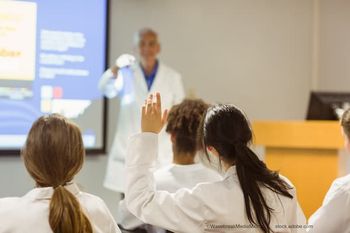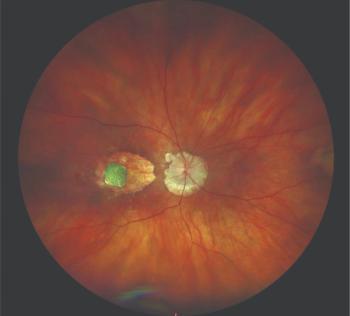
You can now track your fitness with your glasses
A novel eyewear prototype wants to be the solution for those seeking wearable technology to track fitness and activities, but hate the bulky equipment that is required to be worn on wrists or clothing.
A novel eyewear prototype wants to be the solution for those seeking wearable technology to track fitness and activities, but hate the bulky equipment that is required to be worn on wrists or clothing.
The device-
“Eyewear has been the most successful piece of ‘wearable technology’ for over 700 years,” said Leslie Muller, a project lead at The Shop. “With Genesis, we’re now adding additional value into the frame, but doing so in a seamless, fully integrated design that creates a richer experience for the wearer.”
The eyewear-which resembles regular glasses-can track steps, calories burned, activity time, and distance traveled via a chipset built into its earpiece, according to VSP. Wearers can also monitor their statistics in real time through the accompanying Android app, also designed by The Shop.
The prototype’s capabilities are being tested in the company’s Sacramento lab, where a group of 26 beta testers wear the frames to track their fitness progress.
“We wanted to start small,” VSP said in a prepared statement. “(This) prototype includes high-tech sensors found in many other fitness trackers on the market today, including an accelerometer, a magnetometer, and a gyroscope to track steps, calories burned and distance traveled.
“ . . . Bluetooth syncs Genesis to the app, (and) an embedded battery offers a three-day run time between 30-minute charges,” the company continued. “Our ultimate goal with this project is to provide the wearer with contextualized health data about themselves.”
The project-which has been under development for the past 14 months-
“Ultimately, this is not about just tracking steps and calories,” said Jay Sales, another project lead at The Shop. “The goal with this project is to build on these initial capabilities and, in the future, provide our members with contextual health data about themselves that they can then use to feel empowered and make better decisions in their lives.”
While Genesis is still a prototype, the smart eyewear trend continues to grow incredibly quickly, and opening up a whole new set of opportunities for eye care professionals (ECP), Patrick Ho, chief executive officer of Rochester Optical, told Ophthalmology Times.
“Smart glasses, including devices like the VSP’s Genesis, are using technology and innovative design to completely transform the core intent and use of eyewear as we know it,” Ho said. “They feature far more than fashion, correction, and protection, (as they) recognize the benefit of hands free data collection using the most communicative part of our body-our face.”
Due to the wearable trend’s continued success-Ho predicted that once eyewear technology grows to offer smartphone-caliber functions, the market will explode even more-the question for ECPs will not be whether patients will want the products, but which one they will want to purchase.
Ho warned ECPs need to start preparing for the products now.
“With 61% of people requiring some sort of visual correction, ECPs will need to understand the design of the devices and what lens design options are best suited for each of the smart glasses devices,” he said. “Smart glasses present new optical challenges with displays both in and away from the line of sight, including prismatic effect and peripheral aberrations.
“Smart glasses are still glasses and will open a world of opportunity for the ECP, sooner than you might think,” Ho added.
In case you missed these:
Newsletter
Don’t miss out—get Ophthalmology Times updates on the latest clinical advancements and expert interviews, straight to your inbox.





